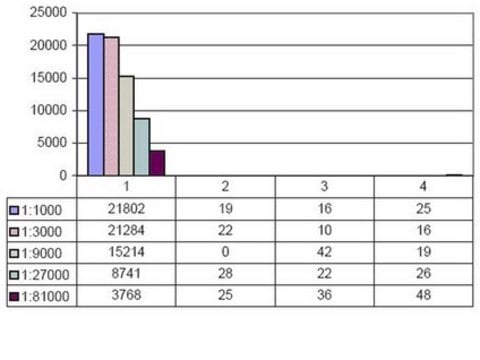06-570
Anti-phospho-Histone H3 (Ser10) Antibody, Mitosis Marker
Upstate®, from rabbit
Synonym(s):
H3 histone, family 3A, H3S10P, Histone H3 (phospho S10), H3 histone, family 3A, H3 histone, family 3B, H3 histone, family 3B (H3.3B)
About This Item
Recommended Products
biological source
rabbit
Quality Level
antibody form
purified antibody
antibody product type
primary antibodies
clone
polyclonal
species reactivity
mouse, human
manufacturer/tradename
Upstate®
technique(s)
immunocytochemistry: suitable
immunoprecipitation (IP): suitable
western blot: suitable
NCBI accession no.
UniProt accession no.
shipped in
wet ice
target post-translational modification
phosphorylation (pSer10)
Gene Information
human ... HIST1H3F(8968)
General description
Specificity
Immunogen
Application
Immunoprecipitation Analysis: 10 µg from a representative lot immunoprecipitated phospho Histone H3 (Ser10) from HeLa acid extract and Colcemid treated HeLa acid extracted RIPA lysate.
Beadlyte Assay Analysis: A representative lot recognizes Histone H3 phosphorylated on Ser10 by Luminex assay.
Epigenetics & Nuclear Function
Histones
Quality
Western Blot Analysis: 0.5 – 1 µg/ml of this antibody detected Histone H3 on 10 µg of Colcemid treated HeLa acid extract.
Target description
Physical form
Storage and Stability
Analysis Note
Colcemid treated HeLa acid extract
Legal Information
Disclaimer
Not finding the right product?
Try our Product Selector Tool.
recommended
Storage Class Code
10 - Combustible liquids
WGK
WGK 1
Certificates of Analysis (COA)
Search for Certificates of Analysis (COA) by entering the products Lot/Batch Number. Lot and Batch Numbers can be found on a product’s label following the words ‘Lot’ or ‘Batch’.
Already Own This Product?
Find documentation for the products that you have recently purchased in the Document Library.
Customers Also Viewed
Articles
Learn differences in monoclonal vs polyclonal antibodies including how antibodies are generated, clone numbers, and antibody formats.
Immunofluorescence uses antibody-conjugated fluorescent molecules for protein localization, modification confirmation, and protein complex visualization.
Explore the basics of working with antibodies including technical information on structure, classes, and normal immunoglobulin ranges.
Our team of scientists has experience in all areas of research including Life Science, Material Science, Chemical Synthesis, Chromatography, Analytical and many others.
Contact Technical Service














